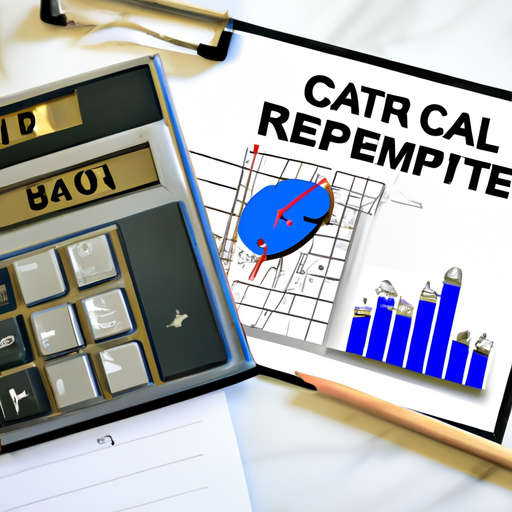
Understanding Cap Rate in Real Estate Investing
Welcome, future real estate investor! If you’re just getting started or are already familiar with the world of real estate investing, you may have come across the term “cap rate.” Don’t worry if it sounds a bit technical or intimidating – I’m here to break it down for you in a conversational and friendly way. Let’s dive in!
What Exactly is Cap Rate?
Cap rate, short for capitalization rate, is a common metric used in the real estate industry to evaluate the potential return on investment (ROI) of a property. It is expressed as a percentage and serves as a quick way to estimate the property’s profitability.
Simply put, the cap rate compares the net operating income (NOI) of a property to its purchase price. The NOI is the amount of money left over after subtracting operating expenses from the property’s gross income (rental income, for example).
How Do I Calculate Cap Rate?
Calculating cap rate is quite straightforward. Just divide the property’s NOI by its purchase price and multiply by 100:
Cap Rate = (Net Operating Income / Purchase Price) x 100
For example, if a property generates an NOI of $50,000 annually and it was purchased for $500,000, the cap rate would be 10% ($50,000 / $500,000 x 100).
What Does a High/Low Cap Rate Mean?
A high cap rate indicates a potentially higher return on investment, suggesting that the property may be undervalued or have higher risks associated with it. On the other hand, a low cap rate implies a lower potential return, indicating that the property may be highly valued or have lower risks.
It’s important to note that cap rates vary significantly depending on factors such as geographic location, property type, local market conditions, and investor preferences. There is no universally “good” or “bad” cap rate, but rather what aligns with your investment goals and risk tolerance.
Should I Always Rely on Cap Rate When Investing?
While cap rate is a useful tool, it shouldn’t be the sole factor in your investment decision-making process. Cap rates alone do not consider potential appreciation, financing terms, property management costs, and other important variables. It’s crucial to thoroughly analyze and consider these factors before making any investment.
When using cap rate, it’s recommended to compare properties within the same market or location to get a better sense of their relative value and profitability.
Conclusion
Cap rate is an essential concept in real estate investing that helps gauge the potential profitability of a property. By understanding and calculating cap rates, you can make more informed decisions and compare investment opportunities more effectively.
Remember, though, cap rate is just one tool in your toolkit. To become a successful investor, it’s important to consider a range of factors, seek professional advice, and conduct thorough due diligence. Happy investing!